We didn't get any berries that first year, but we enjoyed them for many years after. I learned more about strawberries as time went on, and after a few years I rejuvenated the berry patch by tearing out the old mother plants and replanting the baby runners. Last fall, I knew that it was time to do this again, but this time I wanted a different berry.
Last year, as part of a fun contest sponsored by P. Allen Smith's Garden2Blog event and Corona Tools (who provided a free trowel for planting), we were sent three 'Tribute' strawberry plants from Stark Bro's to grow. The goal was to see how creative we could be in growing them in a small space and to see how many berries we could harvest.
I planted my three plants in the bottom of a wire mesh kitchen organizer, along with a red-blooming begonia. It was a fun activity and though I didn't win the big prize of an iPad, I do consider myself a winner. I found a wonderful new strawberry!
So this year, we created an entirely new raised bed, where we planted 50 'Tribute' strawberry plants that I purchased from Stark Bro's. We put it in full sun, layering sand, compost, and soil (in that order, bottom to top), then top-dressing with more compost and a bit of organic fertilizer (Jobe's Organics Fruit & Citrus Granular Fertilizer) sprinkled between the rows. It's been a week now and all but one of the 50 plants is putting on new growth. That's a pretty impressive success rate, I'd say.
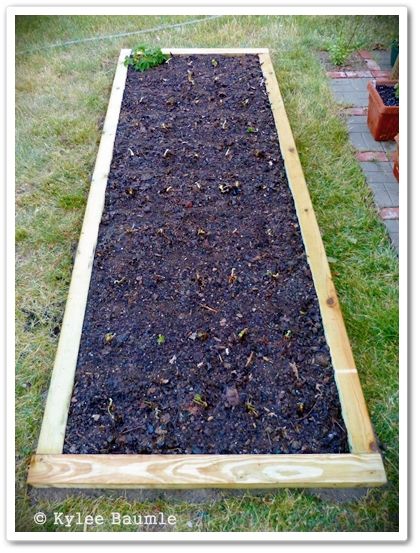 |
| Just after planting. The large plant in the corner is last year's plant. |
'Tribute' is a day-neutral strawberry, meaning it's not dependent on a number of daylight hours like the June-bearing plants are. Day-neutral strawberries will continue to produce berries for most of the summer. Everbearing plants are yet a third type, and these will produce two or three times throughout the season. Neither everbearing nor day-neutral plants send out many runners, so they're usually better for confined or small spaces.
I've already enjoyed several berries from last year's plant and the taste is very sweet, even having a bit of a wild strawberry taste to me. The berries aren't gigantic like some of the June-bearing berries are, but my experience has been that the largest berries don't always have the best taste anyway.
Strawberries are pretty easy to grow, thriving in sandy to loamy soil with a neutral-to-slightly alkaline soil in zones 3-9 (generally). They require 1-2 inches of water during fruit production and a strawberry bed will have a good productive life for about three to five years. When production slows, you'll know it's time to rejuvenate your strawberry bed and plant new.
___________________
*I received a bag of Jobe's Organics Fruit & Citrus Granular Fertilizer free of charge from Easy Gardener.










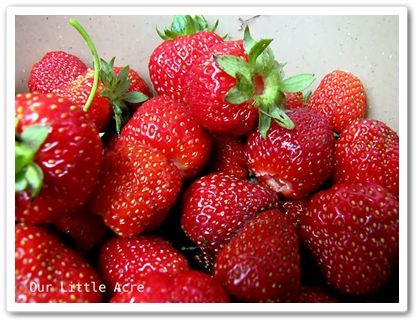
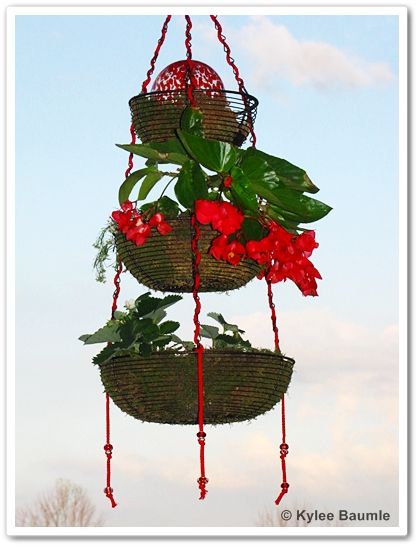
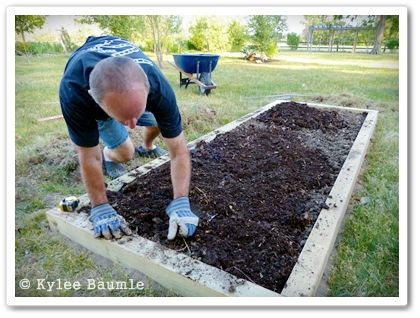
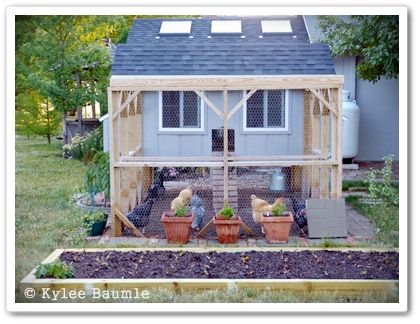






 "Bejeweled"
"Bejeweled"



2 comments:
I love strawberries too so I'm rooting for you that you'll get a bumper crop! I've found that mine do really well if I take the mulch from the chipper/shredder and spread it around the bases of the plants. They like it because it's a lot like straw.
Cindy at Rosehaven Cottage
Cindy ~ That's a great idea. We do use that around our trees, but the next time we have any to shred, I'm putting it on the strawberries. Thanks, Cindy!
Post a Comment